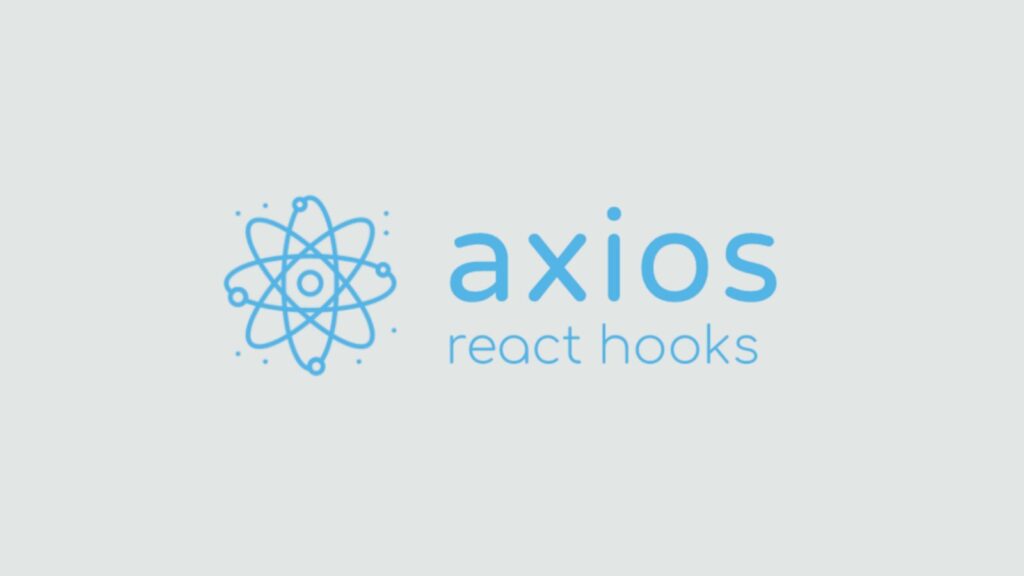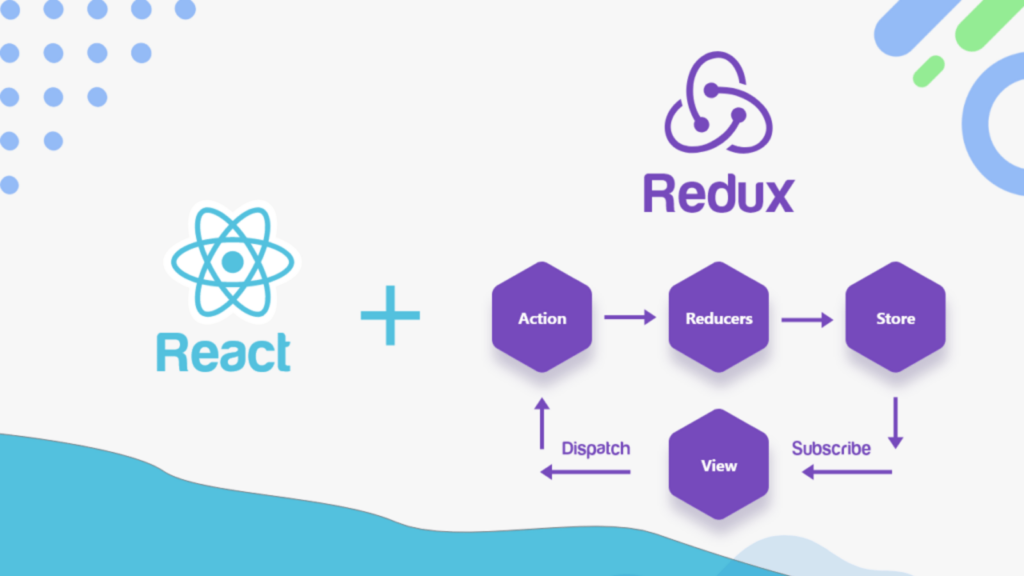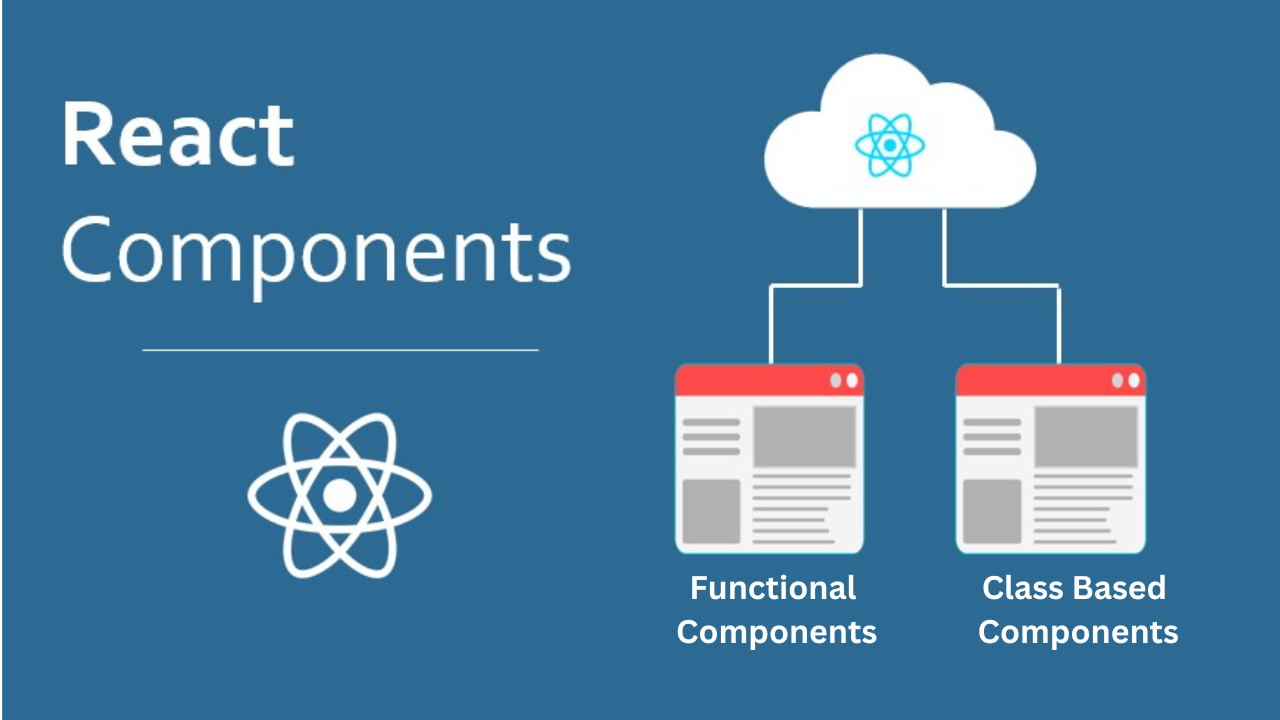Efficient communication between the front end and back end is a must for successful web applications. React has a modular and component based structure. This means it excels at building dynamic interfaces. However, developers often face challenges when ensuring a smooth data flow between the user interface and server side operations.

Why It Matters
React applications rely heavily on data, whether it’s fetching content from APIs, handling user input, or synchronizing states between the client and server. Poorly structured communication can lead to performance issues, broken functionality, and a frustrating user experience. For example, imagine a React based e-commerce platform where users depend on real time inventory updates. If the communication between the front end and back end is poorly managed, users might encounter outdated product availability information or delays during the checkout process. Such issues can frustrate users, harm business credibility, and reduce conversions. This highlights the significance of establishing efficient communication channels.
How Can We Bridge the Gap?
- RESTful APIs: A tried and true method where data is exchanged via HTTP endpoints. Libraries like Axios simplify API calls, while tools like Postman help test endpoints for reliability. For example, in a blog application, REST APIs can be used to retrieve posts from the server or submit new posts. Developers can structure endpoints to handle CRUD operations (Create, Read, Update, Delete) efficiently, ensuring smooth data transfer.

- GraphQL: Provides flexibility by allowing clients to request specific data. This reduces over fetching or under fetching. Apollo Client is a popular choice for React apps using GraphQL.

- WebSockets: Ideal for real time communication, such as chat apps or live dashboards, where the server pushes updates to the front end without repeated requests. For example, a stock market dashboard can use WebSockets to update share prices instantly as they change. This way users see up to the minute data without refreshing the page.
- State Management: Redux, Context API, and Zustand can help manage and synchronize state between the front end and back end.

Conclusion
Efficient communication between the front end and back end is the backbone of any successful React application. By understanding the unique strengths and trade offs of methods like RESTful APIs, GraphQL, WebSockets, and state management libraries, developers can create solutions that meet the specific demands of their projects. It’s not only about implementing these technologies but integrating them thoughtfully into the application’s architecture.
Prioritizing effective communication will not only optimize performance but also build a solid foundation for growth and adaptability for your application. By applying these principles and staying adaptable to new technologies, developers can continue delivering applications that not only meet but exceed user expectations.






